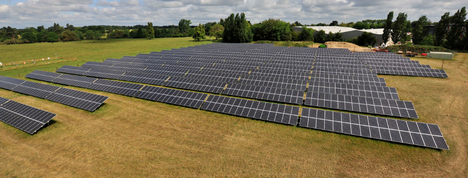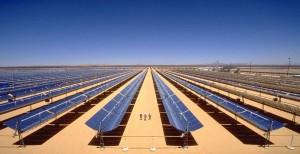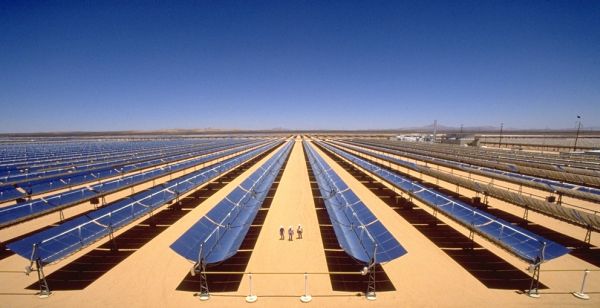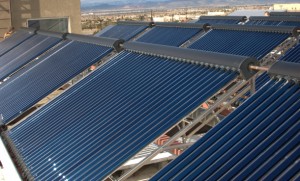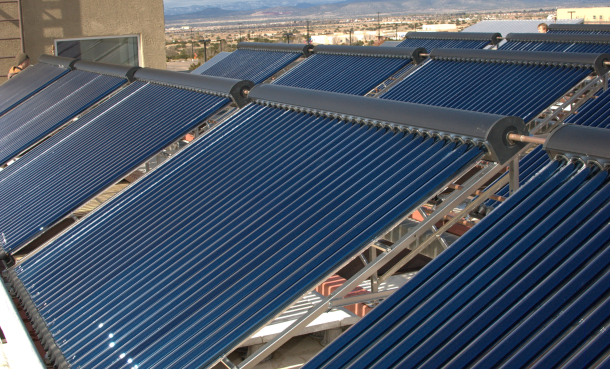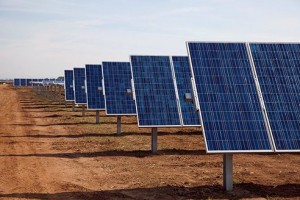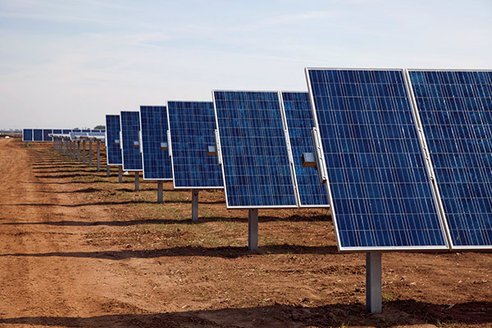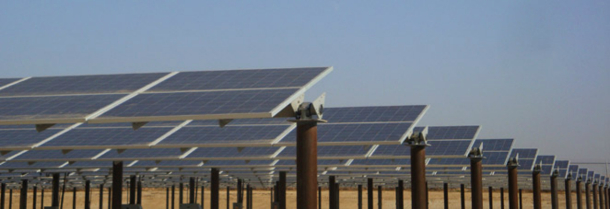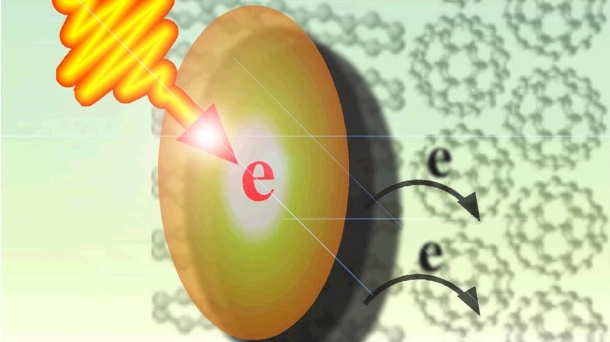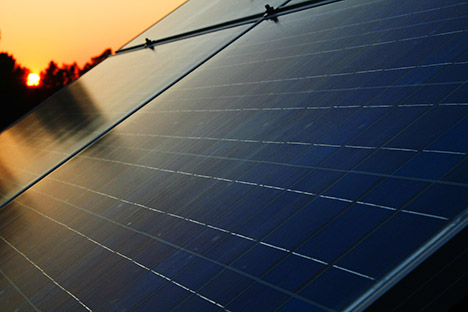
The German Solar Industry Association (BSW) has announced that German solar power producers have increased electricity output this year by 60 percent over 2010 to 18 billion kWh. This is more than three percent of total power output volumes.
BSW’s managing director Carsten Koernig stated that “solar energy has become an indispensable ingredient of a successful energy strategy shift”. The solar sector has already produced enough electricity to power approximately 5.1 million households. This accounts for about one-eighth of all households in Germany.
 Follow
Follow

